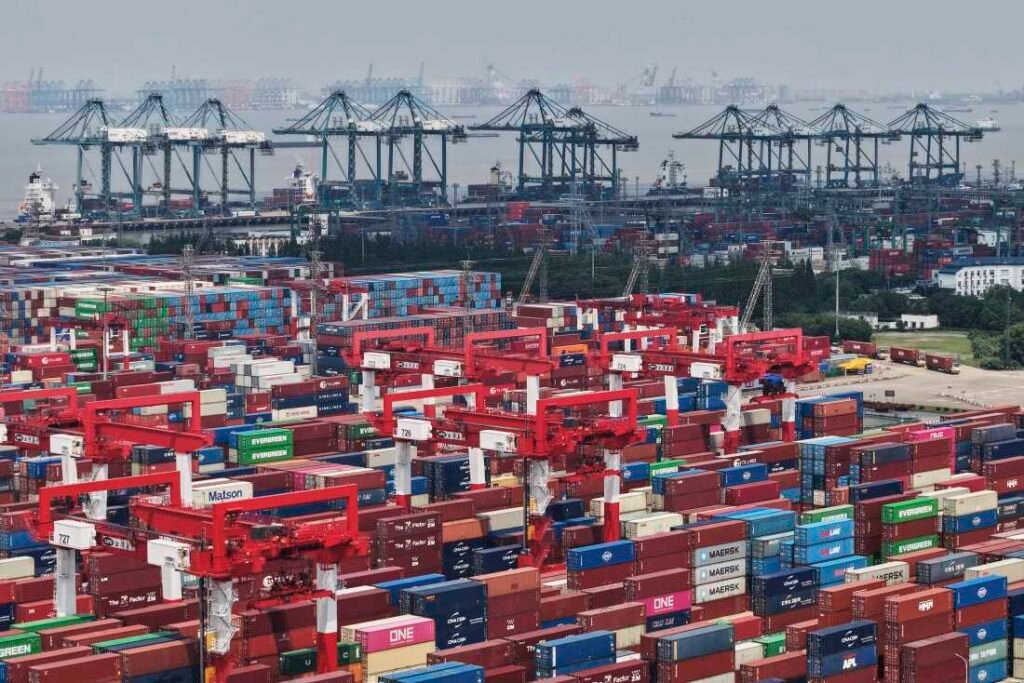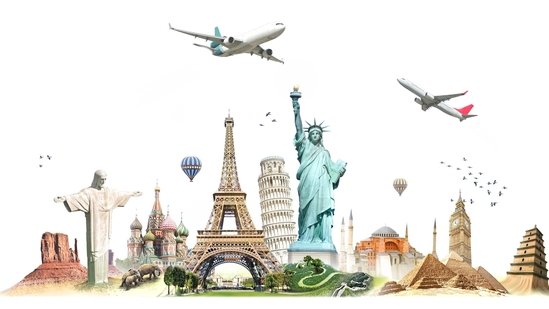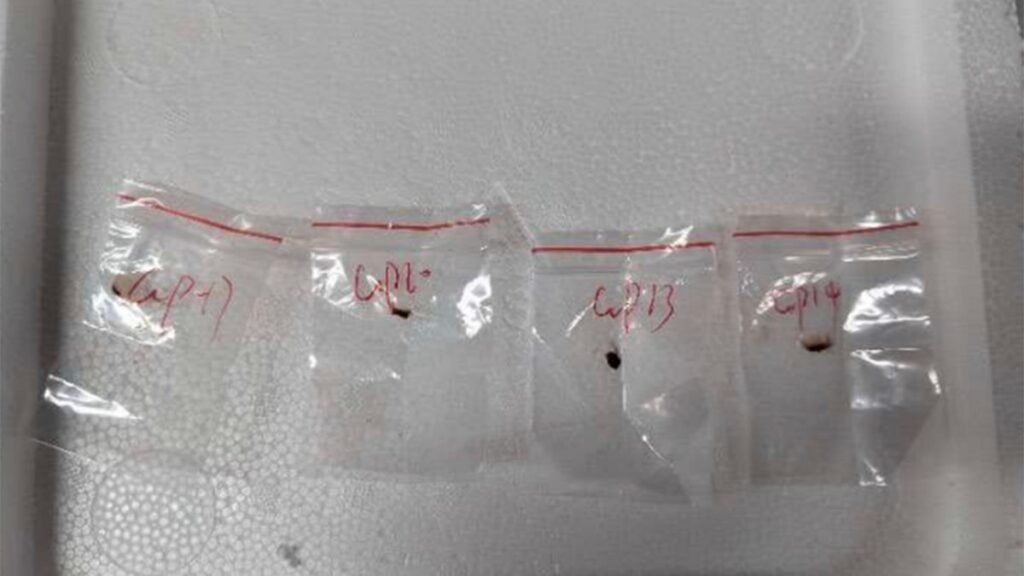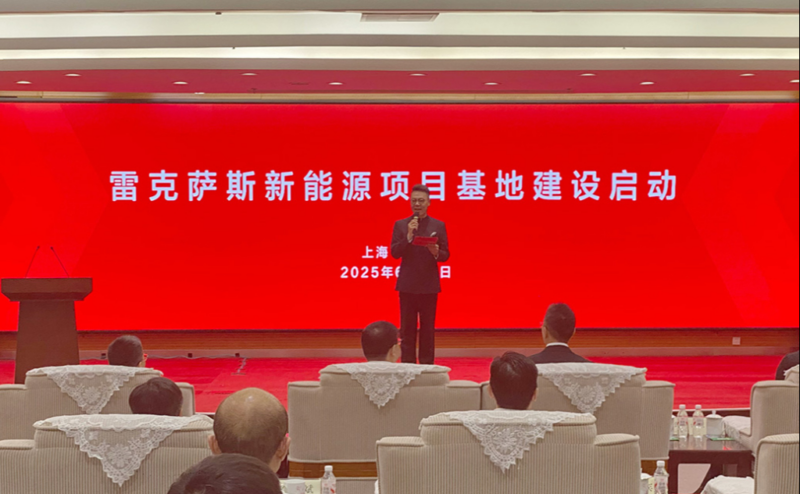“Everybody wants to make a deal and have a part of it,” Trump said. “Remember a few months ago, the press was saying, ‘You really have anybody of any interest? Well, we just signed with China yesterday. We are having some great deals. We have one coming up, maybe with India. Very big one. Where we’re going to open up India, in the China deal, we are starting to open up China,” he was quoted as saying by ANI.
He also made it clear that not every country would get the same treatment. “We’re not going to make deals with everybody. Some we are just going to send them a letter, say thank you very much. You are to pay 25, 35, 45 per cent. That’s the easy way to do it, and my people don’t want to do it that way. They want to do some of it, but they want to make more deals than I would do,” Trump added.
India says deal will be fair, balanced, and mutually beneficial
In response to growing speculation, Commerce and Industry Minister Piyush Goyal confirmed earlier this month that New Delhi and Washington are actively working on a bilateral trade pact.
“PM Narendra Modi and US President Trump met in February 2025… Both our leaders have decided to enter into a bilateral trade agreement which will be mutually beneficial for both the economies, businesses on both sides and the people of both countries,” Goyal said during a press conference on 10 June.

Live Events
“We are negotiating to make a nice, fair, equitable and balanced agreement to promote business,” he said.Goyal also underlined the importance of the strategic relationship between the two countries. “The United States and India are very close friends, allies and strategic partners,” he said, calling the talks “an opportunity to expand bilateral trade and strengthen the partnership.”
Lutnick: India–US agreement is ‘not-too-distant’
On the American side, US Commerce Secretary Howard Lutnick expressed confidence that the India–US trade deal was within reach. Speaking at the US–India Strategic Partnership Forum earlier in June, Lutnick said both sides had made considerable progress.
“I think to be in a very, very good place, and you should expect a deal between the United States and India in the not-too-distant future because I think we found a place that really works for both countries,” Lutnick said.
When asked about his outlook, Lutnick replied, “Very optimistic,” adding lightly, “It could be sort of the way I come across.”
US officials are reportedly focused on easing market access barriers and aligning standards on medical devices, digital trade, and agricultural exports. India, meanwhile, is expected to press for more favourable terms on services and regulatory protections for its domestic sectors.
China deal shifts attention back to India
While Trump offered few details about the India talks, he was more forthcoming about the recently concluded China agreement. The deal—confirmed earlier this week—revived terms from a stalled framework in Geneva, which includes Beijing resuming rare earth exports to the US.
The Geneva understanding, reached in May, had been delayed as China imposed countermeasures in response to new US tariffs. These included suspending the export of critical minerals, disrupting supply chains for industries including electric vehicles, defence manufacturing and semiconductors.
Posting on Truth Social, Trump wrote in all caps, “Our deal with China is done.” He confirmed that China would supply “full magnets, and any necessary rare earths…up front.”
The White House later clarified that both governments had agreed to a framework to implement the Geneva accord. “The administration and China agreed to an additional understanding for a framework to implement the Geneva agreement,” a senior official said, adding that the focus was “about how we can implement expediting rare earths shipments to the U.S. again.”
Commerce Secretary Lutnick added: “They’re going to deliver rare earths to us” and once that begins, “we’ll take down our countermeasures.”
While India is not a part of the China rare earth agreement, the timing of Trump’s comments suggests that New Delhi is next in Washington’s trade queue.
The ongoing discussions reflect a shift in tone from previous years, when trade tensions between India and the US had surfaced over issues like digital services taxes, medical device pricing, and data localisation rules. Now, both countries are looking for ways to harmonise interests.
For India, a well-crafted trade agreement with the US could help improve access for its services sector, encourage inward investment, and formalise economic ties with one of its most significant partners.
The coming weeks may determine whether this “very big” deal—described in Trump’s words—takes final shape. For now, it’s a waiting game, but one with real stakes for Indian businesses, policymakers and consumers alike.
(With inputs from ANI)








